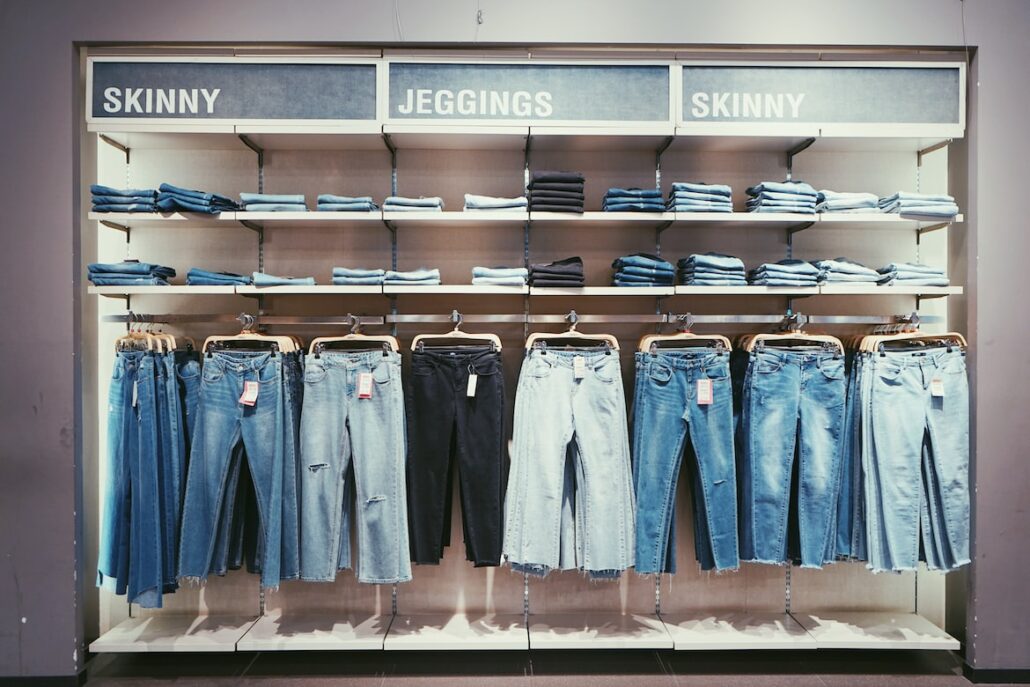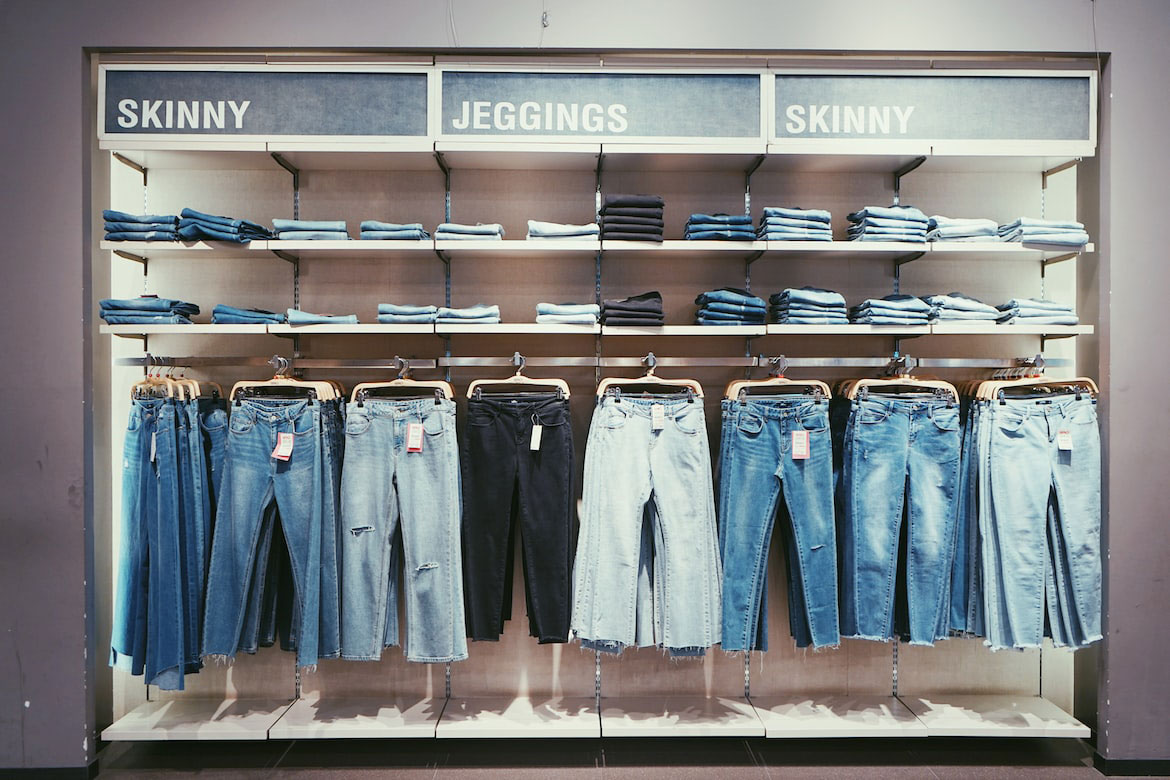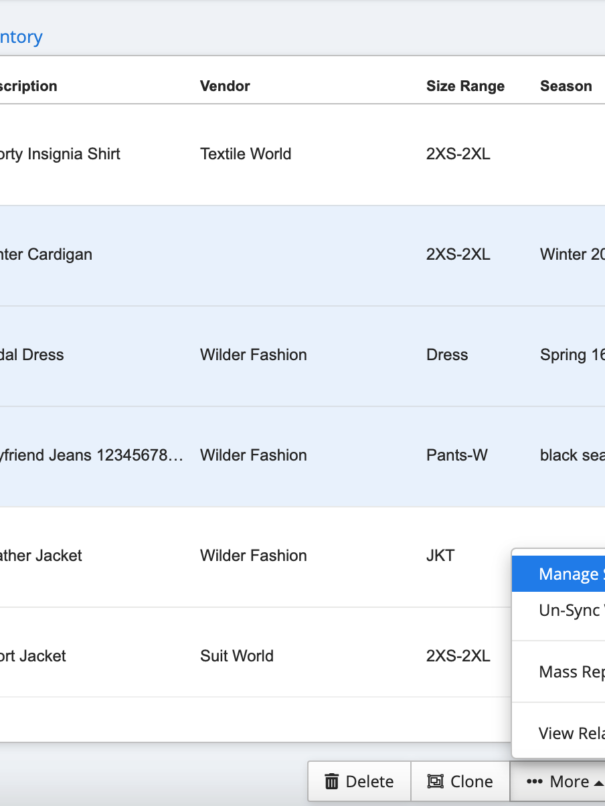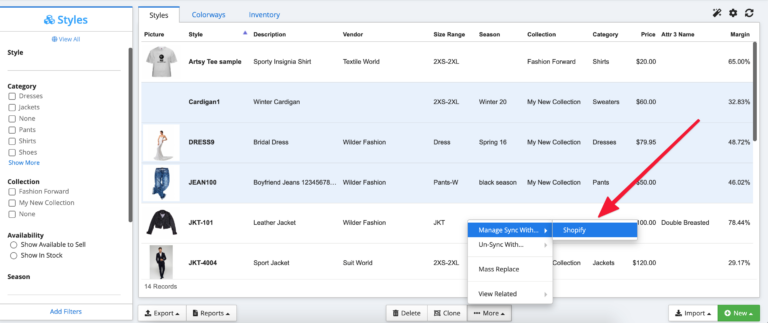The apparel industry is ever-changing, waving in new trends with each new season. It’s no secret that this industry is known for its fast-paced nature and constantly evolving trends, and businesses must strive to meet customer demands. With such a dynamic market, it’s essential to have efficient supply chain management that can adapt quickly to changes in demand and production. This is where supply chain AI optimization comes into the picture.
AI technology has been transforming the way many industries, helping with various tasks such as automation, delivering a better experience for customers, and ensuring growth. The apparel industry is no exception. With the right tools, apparel store owners can streamline end-to-end processes, from sourcing the material for the next-big-hit fashion pieces to managing inventory, production planning, and order fulfillment and all from a simple hub. With automated workflows in place, companies can save time and reduce errors associated with manual data entry while improving accuracy and speed.
That’s just scraping the surface of how AI in the fashion industry can change the entire way apparel stores operate and manage their business operations. Let’s explore this topic in depth below.

What Exactly is AI?
In short, the ability of a machine to make decisions that seem almost human-like is a prime example of artificial intelligence (AI) in action.
AI involves leveraging computer science to simulate natural or human intelligence in machines. By utilizing algorithms, machines can not only solve problems but also learn and improve their decision-making capabilities over time and, on top of that, reduce or eliminate all the errors that can stem from human-supervised operations.
This broad definition of AI highlights the significant role it plays in enabling machines to exhibit intelligent behavior, which is essential for many real-world applications.
Why is AI Important in Fashion?
When it comes to the apparel industry, AI revolutionized the whole landscape and set up the prints under which the future will unfold. With AI, apparel brands can analyze consumer data to predict upcoming trends and tailor their offerings accordingly. By leveraging machine learning algorithms, AI can help apparel retailers understand customer preferences and make personalized product recommendations.
AI-powered chatbots have also become increasingly popular in the apparel industry, enabling customers to receive real-time assistance with their purchases.
Additionally, AI in fashion can be used to optimize supply chain management by predicting demand and automating inventory management. With these capabilities, AI has become an essential tool for fashion brands looking to stay ahead of the curve in a highly competitive industry.
Since the main focus of our article is supply chain optimizations and how AI revolutionized the whole process, let’s take a deep dive into the new landscape of AI power supply chain management.
How Apparel Stores Predict Trends
Predicting the next big fashion trend is key to staying relevant and profitable. Thanks to artificial intelligence (AI), apparel stores can now analyze vast amounts of consumer data to determine what styles and designs are likely to be popular in the upcoming season.
Supply chain management starts with understanding customer preferences and anticipating demand. AI-powered algorithms can help retailers achieve this by analyzing social media posts, search engine queries, and purchase histories to identify emerging trends.
By using AI to predict what customers want before they even know it themselves, fashion stores can stay ahead of the competition and provide a more personalized shopping experience for their customers. From design to delivery, AI has become an indispensable tool for apparel brands looking to succeed in today’s fast-paced retail environment.
Let’s take a look at how supply chain AI optimization can help you transform your apparel business into a powerhouse.
1. Provide the dream shopping experience
Retailers are taking full advantage of AI not just to predict trends but to offer something that’s special and resonates with clients on a much deeper level. AI can help you track customer behavior and gather data on their preferences to help you develop a better experience and pinpoint the actions that lead to a successful transaction.
Having the right data will help you set up and manage your store and ensure that all of your prospects and loyal clients enjoy a special customer experience and get the exact fashion pieces they desire and boost your conversion rates.
2. Real-time tracking
Expanding on the “providing the dream shopping experience” point, AI can help you keep all of your clients in the loop about when exactly they can expect their products to be finished or at their doorstep.
No matter whether the distribution is happening across the whole globe, AI enables clients and users to preview orders in real-time and pinpoints the estimated time until that product is in someone’s closet and all of that in a single piece of software.
3. Optimizing inventory management and supply chain operations with AI-driven predictive analysis
With the help of warehousing and AI-driven inventory optimization, businesses can now conduct predictive analysis using historical data to anticipate buying patterns, past transactions, and fluctuating demand for products. This is the main reason why apparel businesses need full end-to-end enterprise resource planning software.
By analyzing data through a single dashboard, businesses gain valuable and actionable insights that can inform their product selling proposition, including offers, sales, discounts, and adjustments in product pricing. With these tools at their disposal, retailers can better plan their inventory management and optimize their supply chain operations for maximum efficiency and profitability.
4. Better route optimization
Route optimization is a crucial aspect of logistics that involves finding the shortest distance between two points while avoiding traffic obstructions. This not only saves time by reducing the duration spent between stops but also helps to maximize the number of stops in a single working day while minimizing fuel costs. With AI technology integrated into the supply chain, route optimization becomes even more efficient as it can make predictions and provide drivers with informed decisions on refueling or lunch breaks.
By leveraging this technology, same-day and next-day deliveries become even more feasible, leading to increased customer satisfaction. As such, businesses must keep up with these rising expectations by adopting AI-powered route optimization systems to stay competitive in today’s fast-paced market.
5. Better supply and demand planning
Overstocking remains a significant problem in the apparel industry, contributing significantly to climate change. While there’s no doubt that keeping up with customer demand can be a problem, you can take certain steps. With supply chain AI optimization and management software, businesses can minimize waste and reduce their environmental impact while remaining competitive in today’s market.
Clients will always have enough apparel pieces straight from your store, and planet Earth will thank you for keeping it clean.
The Impact of Generation Z on the Fashion Industry: Embracing AI Technology for Better Shopping Experiences
Generation Z is making its mark on the fashion industry, demanding bolder and better trends and bringing with it a new era of digital technology. With 98% of Generation Z owning a smartphone, this group of digital natives uses their devices an average of four hours per day.
This has caused the industry to invest in new technologies like AI to meet their demands. AI can provide tailored choices based on consumer preferences, giving them more control over their shopping experience, as well as benefit retailers and those involved in the supply chain.
Furthermore, with Generation Z representing around 40% of global customers, it is essential for the fashion industry to update outdated processes and methodologies if they want to keep up with current trends. AI plays a role in every aspect of shopping, from helping customers find what they need faster to managing inventory levels more efficiently. By adopting the newest technologies, retailers can offer customers what they want while staying efficient and profitable.
Bottom Line
By now, you know how AI in the fashion sector has revolutionized the whole playing field, particularly in the area of supply chain management. With AI-powered systems, businesses can streamline their end-to-end processes, from sourcing materials to managing inventory, business planning, and order fulfillment. It can also help predict future trends and ensure that you are always one step ahead of the competition. This significantly reduces errors associated with manual data entry while improving accuracy and speed.
In the apparel industry specifically, AI-powered algorithms can predict upcoming trends, understand customer preferences, and offer personalized product recommendations. By optimizing supply chain management through demand prediction and automated inventory management, AI helps retailers stay ahead of the competition. To identify emerging trends for fashion forecasting purposes, AI analyzes social media posts, search engine queries, and purchase histories.
Additionally, AI provides retailers with real-time data and tracking capabilities to optimize inventory management and supply chain operations. It also helps businesses with route optimization while avoiding overstocking by assisting in supply and demand planning.
By leveraging AI technology in these ways, apparel businesses can provide a more personalized shopping experience for their customers while remaining competitive in today’s market.









